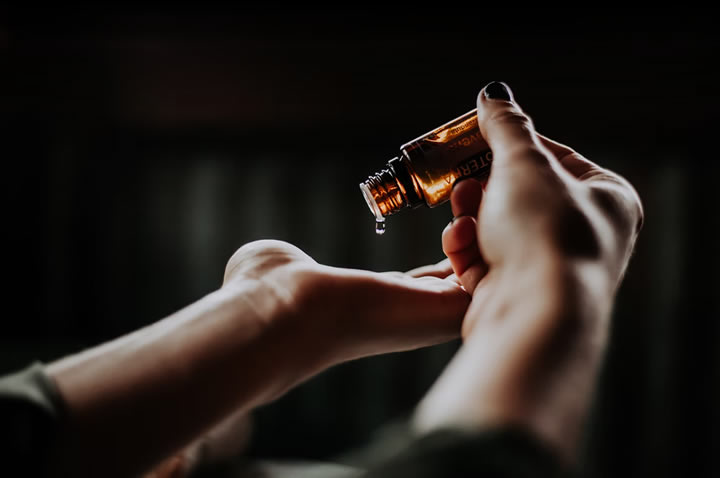When it comes to Psoriasis, there are different types of Psoriasis patients. This article talks about the various types of Psoriasis and their symptoms, diagnosis, treatment, and prognosis.
What is Psoriasis?
Psoriasis is a chronic autoimmune disease that leads to red itchy patches on the skin, giving rise to silvery scales. It can affect any part of the body but often appears on the knees, elbows, and scalp.
Symptoms: The symptoms of Psoriasis can be very different depending on the type of Psoriasis or what part of your body is affected by the patches. The common symptoms are:
- Red patches on the skin with a raised shape and white scales in some parts
- Dry, itchy patches in sensitive areas like between the legs, under the breasts, armpits, etc.
- Skin becomes thick with silvery scales
- Swelling in joints causes pain and discomfort, especially when walking or exercising
- Sometimes, there are pus-filled bumps on the skin that can ooze fluid
Different types of Psoriasis: Psoriasis can also affect other areas of your body, such as your nails (which will get pitted and start to look like grooves in a mountain range) and joints.
There are six main types of Psoriasis
Plaque psoriasis – Plaque psoriasis is the most common form of Psoriasis, and it usually affects your elbows, knees, scalp, lower back, palms, and soles of your feet. The main symptom of plaque psoriasis is thick, red plaques covered with silvery scales (the medical term for these plaques are “plaques”). Plaque psoriasis can also cause cracks in your skin that are usually painful.
Guttate Psoriasis – Guttate Psoriasis causes small, water-drop-shaped sores on your trunk, arms, and legs. It is sometimes called drop-shaped Psoriasis or oozey Psoriasis. This type of Psoriasis often shows up after you have had a strep throat infection (a form of bacterial infection). It tends to affect children and young adults.
Pustular Psoriasis – Pustular Psoriasis causes many raised, pus-filled blisters that tend to join together into large plaques. This type of Psoriasis is rare.
Inverse psoriasis – Inverse Psoriasis causes smooth patches that are red or pink on your skin folds, especially underneath the breasts and in the groin area, underarms, inside the belly button, and around your genitals. It can also affect skin folds in other parts of your body, such as the stomach and back. Inverse psoriasis is very itchy but often causes no pain or other symptoms.
Erythrodermic Psoriasis – An erythrodermic Psoriasis is a rare form of Psoriasis that happens when your whole body erupts in red patches covered with a fine, peeling layer of skin (like scales). This type of Psoriasis may cause severe itching and pain.
Palmoplantar psoriasis – Palmoplantar Psoriasis causes thickened, rough patches of skin on the palms of your hands and soles of your feet. The skin may crack and bleed. This type of Psoriasis is sometimes called “psoriasis Vulgaris.”
Although the exact cause of Psoriasis isn’t known, doctors believe that your genes play a role. Environmental factors such as stress and infections also seem to trigger some people.
Treatment for Psoriasis

There are several treatments for Psoriasis that can help stop the symptoms. These include:
- Medication such as corticosteroids, vitamin D3 derivatives, and creams containing chemicals called coal tar, anthralin, or corticosteroids.
- Light therapy (phototherapy) with ultraviolet B (UVB) rays either alone or with medication.
- Laser therapy to burn away the top layer of the affected skin (best for people who have small areas of Psoriasis).
- Removing the plaque without destroying the top layer of your skin (dermabrasion) or scraping off some scales before applying corticosteroid medications.
- Removing some blood from your body and then giving it back to you (this is called “plasmapheresis”). It can help people with severe Psoriasis that doesn’t get better with other treatments.
Diagnosis: The first step in diagnosing Psoriasis is usually a physical exam. Your doctor will look for telltale signs of Psoriasis, such as:
- Thick, scaly patches on your skin.
- Patches joined together in a wave-like pattern (called erythrodermic Psoriasis).
- Dry, cracked patches of skin (called fissures).
After diagnosing you with Psoriasis based on your symptoms and physical exam, your doctor may want to do lab tests to ensure that Some other condition doesn’t cause Psoriasis. These tests may include:
- Checking for anemia or thyroid problems.
- Getting a blood test looking for specific antibodies (called antinuclear antibody-ANA), which can be linked to certain other autoimmune diseases, such as systemic sclerosis.
- Checking for the presence of streptococcal bacteria (a cause of ‘strep throat’). Strep infection may trigger guttate Psoriasis.
- Look at your mouth for signs of yeast infection (candidiasis), which can cause inverse Psoriasis.
Prognosis: Psoriasis is not contagious, and there isn’t a cure, but it can be controlled. The key to maintaining Psoriasis is identifying your triggers and avoiding them whenever possible. Your doctor will also prescribe medications to keep the symptoms under control.
If you have Psoriasis in your nails or scalp, these may require additional treatments. Most people with Psoriasis can live every day and productive lives. But some may not be able to work outside the home because of their condition.
Conclusion
When suffering from Psoriasis, it is vital to seek care from a professional to provide the best treatment for your condition. It will help to relieve the pain and discomfort caused by Psoriasis. Please visit your doctor or dermatologist to discuss the best treatment options.
